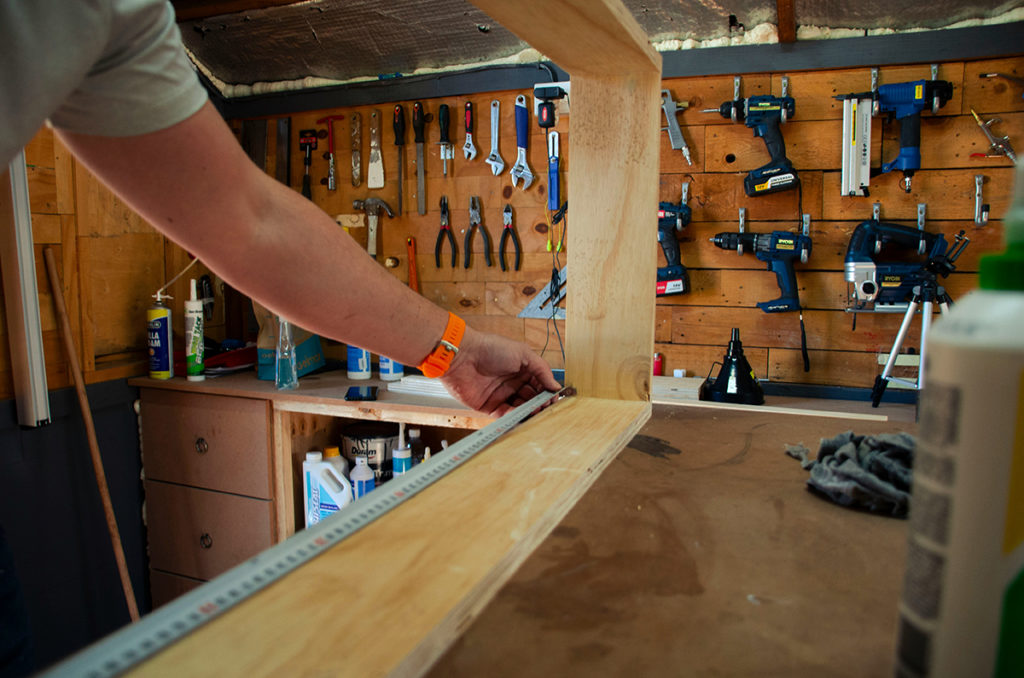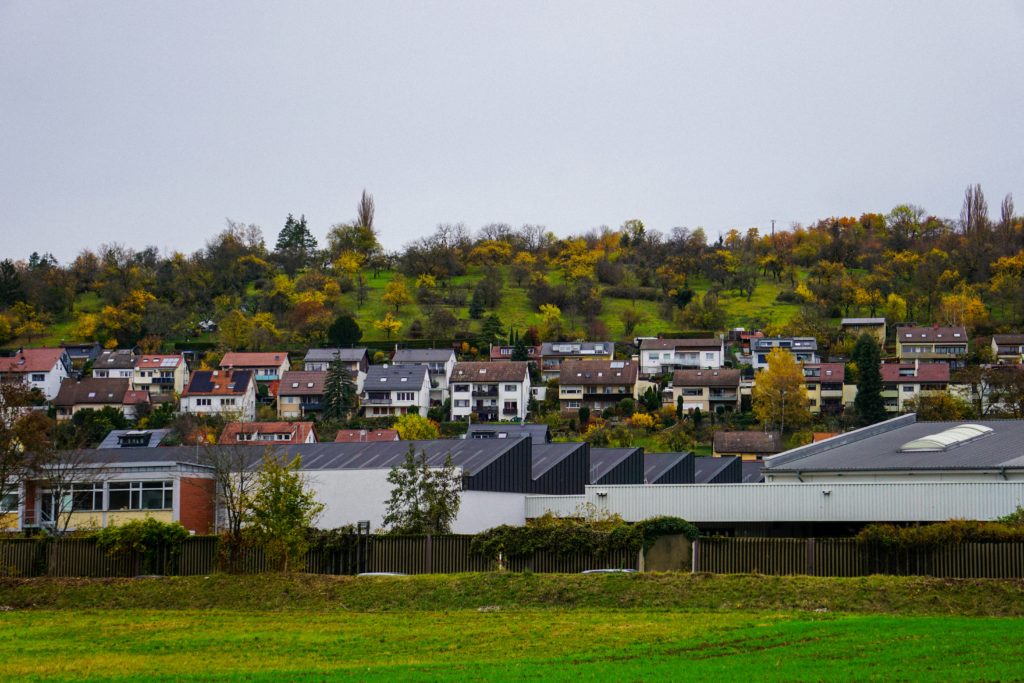Bridging finance News: Converting abandoned warehouses, factories or even power stations into modern office space or residential property developments may seem like an uphill struggle. But for those who are bold and canny enough to take the plunge refurbishing such places offers rich rewards.
Disused warehouses, former factories and power stations are dotted around the UK. These buildings usually have architectural features potential buyers or tenants find appealing and which are expensive or impossible to create in new buildings. A recent study Industrial Rehab: A new space of opportunity shows transforming an industrial building is 35 per cent cheaper than new build. Although they are 11 per cent more expensive than converting a typical office building, the construction cost per square metre is lower. Mezzanine floors,landings and internal balconies typical of such buildings can offer a cost-effective way of increasing floor space.
Bridging Finance: From Run-down Property to Sought After Residence
There are plenty of iconic industrial buildings which have been turned into desirable residential property developments such as Bryant & May’s former match factory in Bow, East London. South of the river Thames, Woolwich’s old munitions factory, the Royal Arsenal, is another example where luxury apartments in listed buildings command high prices. A two-bedroom flat in one of the converted warehouses would typically go for £750,000 with prices likely to go up when Crossrail opens in 2019.
Creatives Drawn to Old Industrial Powerhouses
Old warehouses and factories converted into business premises have a track record of becoming creativity hubs. An well established example is Bird’s Custard Factory built in the 19th century in Birmingham’s Digbeth district to produce Alfred Bird’s egg-free custard powder.When the company was taken over in the 60s and production moved elsewhere the buildings lay vacant for decades. Antiques dealer Bennie Gray acquired them in 1988 and his son Lucan with a local architect set about redeveloping the buildings in the early 90s. It’s now a creative hub with artists, ad agencies and TV production companies all calling it home. In fact the once run-down old industrial quarter of Digbeth recently won the Sunday Times poll as the coolest place in the UK to live. Two-bedroom flats in the former Iron Works at Digbeth are going for more than £250,000.In fact the West Midlands saw the highest growth in house prices in the UK this year of 5.8 per cent according to Office of National Statistics figures.
Further north Paton &Baldwin’s 1940s wool factory, LingfieldPoint close to Darlington, has been rejuvenated into a modern day business hub. The 90-acre complex has attracted avariety of enterprises including Capita, Dunlop sports and the Student Loan Company. In addition, to the beautiful Art Deco Lingfield House other buildings such as the social centre for workers and the wool lofts have been converted into office space. Old warehouses have also been modernised to offer up to120,000 sq ft for storing stock.
Bridging Finance Unique Features Call for Skilled Crafts People
Former owners of the site, Clearbell says the one thing all these type of buildings have in common is they’re redundant for modern use. They often don’t have the right specifications but they do have attractive features such as loft space, steel girders in the roof and unusual columns. So finding the right skilled labour to work with you on refurbishment is paramount. Clearbell’s asset management head and director of ESG Dominic Moore says: “There’s potential to breathe new life into these buildings as long as long as the costs stack up.”
Bridging finance: So what should you think about before taking on a disused property? Here are some tips:
* Valuation and costs – Be aware of the risks and opportunities of the building and get as much information as possible. Look at any environmental issues you might be liable for. Analyse your potential expenditure and income and how much your units will be worth to assess what you should pay for the site. Seek professional help and employ a chartered surveyor, valuer and a lawyer too for advice on the lease terms.
* Location – Choose a property in an area with a strong market presence where you can sell or rent for a good return. It’s going to be a lot easier to rent if the factory, warehouse or mill has good communications. Is it in the heart of the city or on an out-of-town site? How long does it take to walk to the nearest metro or train station. If it’s far away does it have plenty of car parking space?
* Planning authority – Foster good relations with local council planners. Understand the site and the area where you want to develop and how what you’re doing is going to fit in.
* Physical specifications -the property is likely to be subject to planning regulations particularly if it’s listed. Find out what these are and what energy performance regulations you might need to comply with. You are dealing with old buildings which are unlikely to be up to modern environmental standards. For example, the roof might not be sufficiently well insulated. If you’re converting the building to an office there will be heating and cooling obligations. In fact, you might even find that the property is made of dangerous materials, such as asbestos which needs to be removed.
* Labour – You’ll need to source skilled crafts people so the Federation of Master Builders or the Heritage Directory would be a good start . But of course use your contacts as nothing beats word of mouth. Look at the candidate’s CV and ask them about previous work they’ve done.
* Finance – Think about how you are going to finance the project. Are there any public sector grants you should apply for? Will you approach a mainstream bank or a specialist lender?Have you thought of getting bridging finance as a contingency should the project over run or takes longer than expected to rent or sell?
* Marketing – Use the heritage of the building as a selling point and think of a compelling narrative to tell.Capture the imagination of your prospective buyers and tenants with some interesting stories. Be clear about your band and proposition. What do you stand for and who is your audience? And how are you going to play this out in media?













